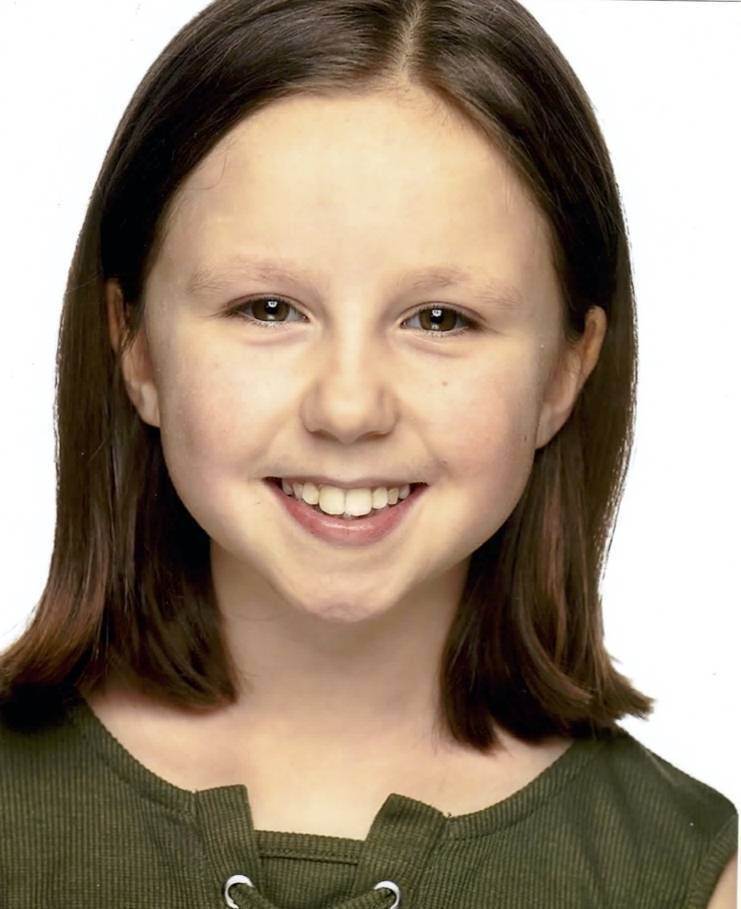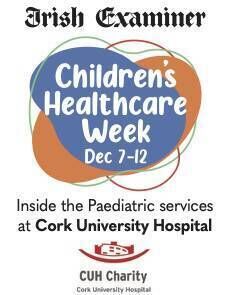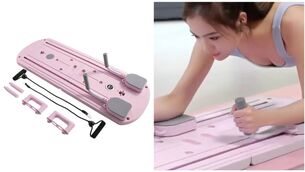'We see ourselves as something of a family': An emergency department with children in mind

Dr. Rory O'Brien, consultant in paediatric emergency medicine, Cork University Hospital (CUH). Picture Denis Minihane.
DESPITE being only 12 years old, Emily Booth is something of an old hand at hospital emergency departments (ED) for children. This eloquent girl, who lives in Brighton, was on one of her regular holidays to Cork in August where her mother Noelle O’Riordan is from. She was skateboarding outside her aunt’s house in Carrigaline when she fell and broke her wrist. She has had at least 20 breaks in her young life, a result of having the genetic disorder osteogenesis imperfecta. A collagen imperfection, it causes bones to be brittle and prone to fractures. Emily inherited the condition from her father.

Emily has been to hospital in Brighton and is under the care of consultants at Great Ormond Street Children’s Hospital in London. How does CUH compare? “I’d say their method of doing things is slightly different but it’s still along the same lines.”
While nobody wants to have to bring their child to an ED, Dr O’Brien wants everyone to know “that there will always be a

friendly face waiting to care for your child in their hour of need at CUH.”

Celebrating 25 years of health and wellbeing







